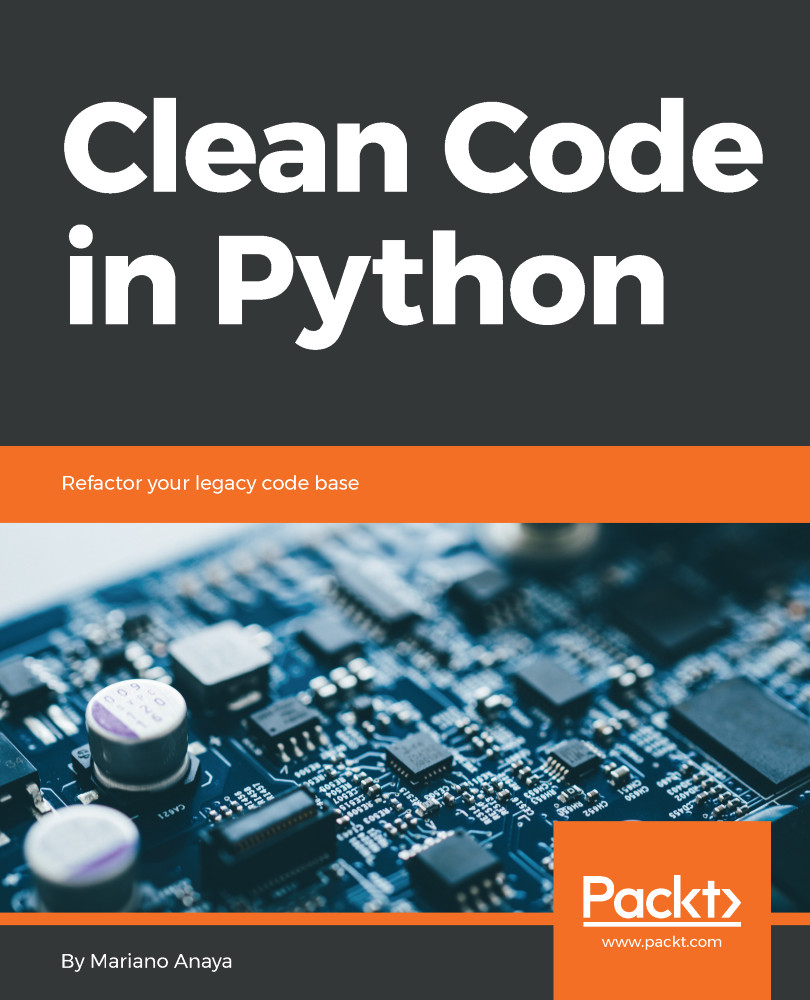The last point on the previous list is so important that it deserves a section of its own. We have already explored the idea of reusing code and noticed that a key element of reusing code is having components that are cohesive. This means that they should have the minimum level of responsibility—do one thing, one thing only, and do it well. The smaller our components, the more reusable, and the more they can be applied in a different context without carrying extra behavior that will cause coupling and dependencies, which will make the software rigid.
To show you what this means, let's reprise one of the decorators that we used in a previous example. We created a decorator that traced the execution of certain functions with code similar to the following:
def traced_function(function):
@functools.wraps(function)
def wrapped...



